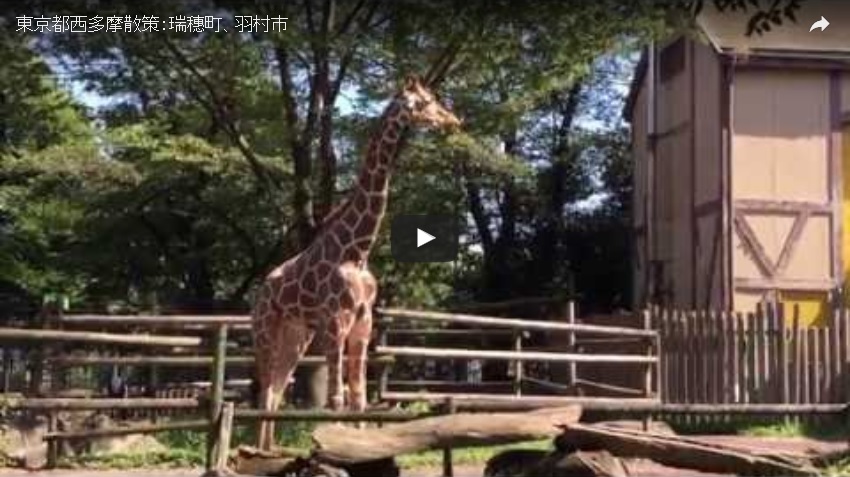The first day
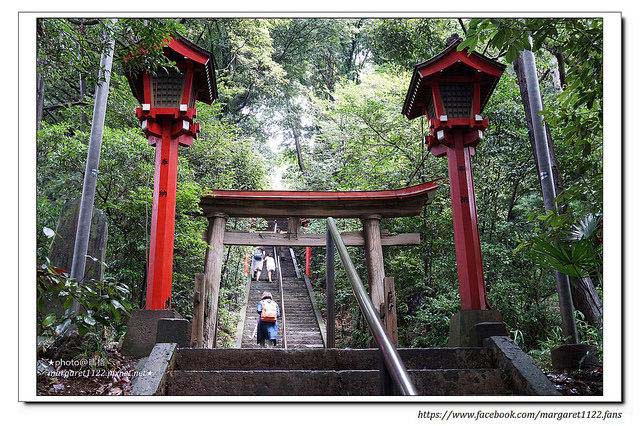
Sayama Shrine
The construction date of Sayama Shrine is unclear, but in the past, it was revered with the titles of Hakone Gongen and Sansha Dai Gongen. A famous historical event associated with Sayama Shrine dates back to the Japanese Eishō era (1046–1053). During a military expedition to the Oshu region, Minamoto no Yoriyoshi passed by the shrine, prayed for victory, and it was designated as one of the village shrines in the sixth year of the Meiji era, guarding the western edge of the Sayama Hills and referred to as the guardian shrine of Hakone Cape.
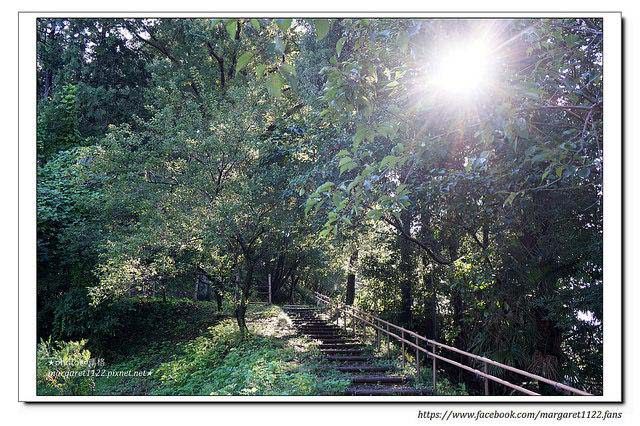
Sayama Katakurin-no-Sato
There is a gazebo for resting, and near the gazebo, some flowers and herbs are planted with explanatory signs. According to the official website, there are 200,000 dogtooth violets planted here, including the endangered white variety known as "片栗" in Japanese and "豬牙花" (Pig Tooth Flower) in Taiwanese, which can also be translated as "dogtooth violet" in English.
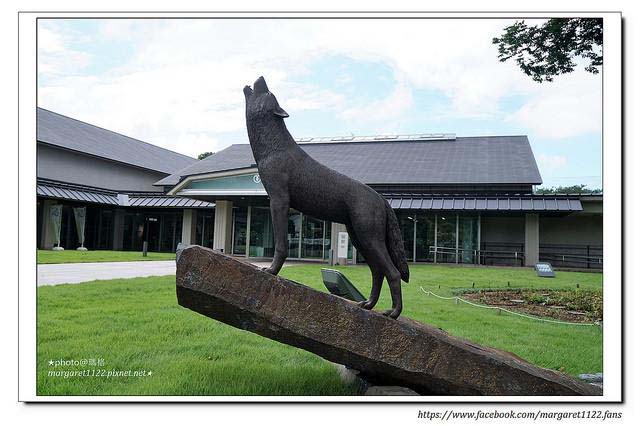
The Mizuho Town Local History Museum
The Mizuho Town Local History Museum is about a 6-minute walk from "Sayama Katakurin-no-Sato." Perhaps not everyone is interested in human geography and history, but the towering keyaki (zelkova) tree in front of the museum, with a history of over three hundred years, is definitely worth seeing.
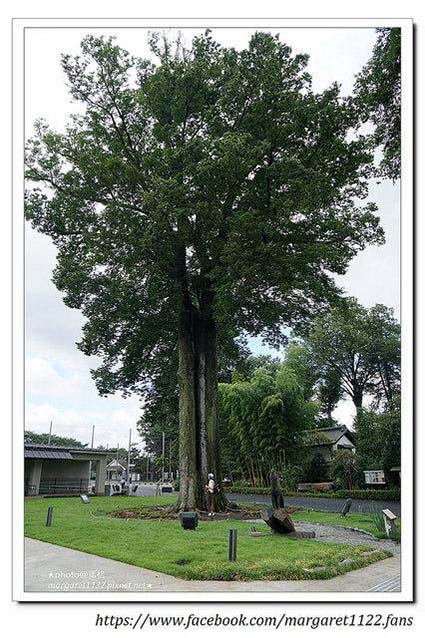
Absolutely worth witnessing in person.
Not sure if it's because of this zelkova tree, but the Mizuho Town Folklore Museum is also known as "Keyaki Kan" or "Zelkova Museum."
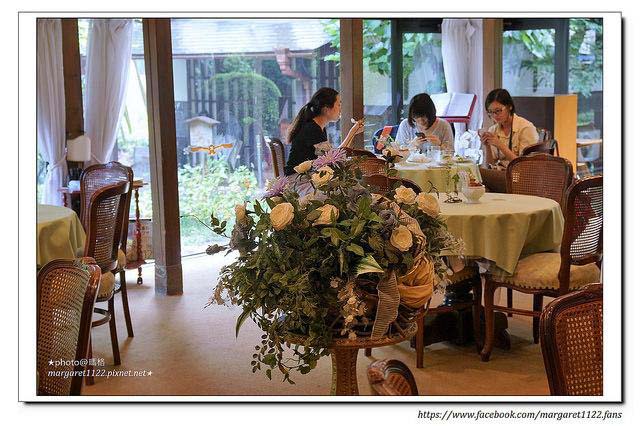
A very comfortable lunch.
We had lunch at "Koushinkan," next to the Mizuho Town Local History Museum, around noon that day. This building dates back to the late Edo period and has a Japanese garden exterior. However, upon entering, you can see various Western-style furniture, showcasing a blend of Japanese and Western styles.
We were fortunate; when we entered for our meal, it started raining! We got to enjoy both the rainy and sunny views of the Japanese garden.
We were fortunate; when we entered for our meal, it started raining! We got to enjoy both the rainy and sunny views of the Japanese garden.
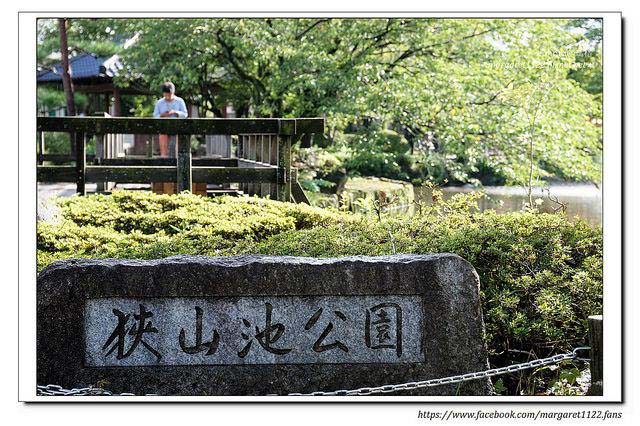
The Sayama Pond Park
Located just a 10-minute walk from Mizuho Town Local History Museum, The Sayama Pond Park is a 1.5-hectare waterside park featuring three ponds. The park features a fountain pond and a natural observation pond. The carp in the pond are remarkably large. On a lazy afternoon after a meal, taking a short stroll in the cool shade of the trees at The Sayama Pond Park and watching the fish in the pond creates a calming and relaxing effect.
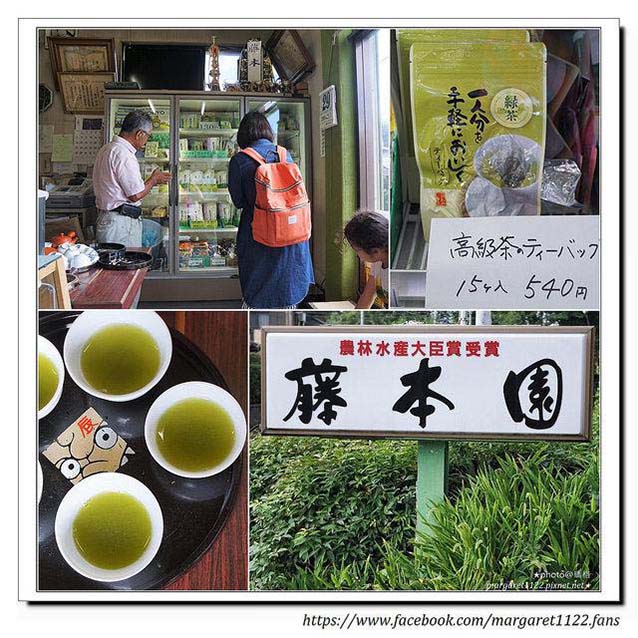
Known as one of Japan's three major famous teas
SAYAMA tea has been famous since the Edo period. Previously, it was divided into Tokyo and Saitama, but in the mid-Showa era, it was collectively referred to as Tokyo Sayama tea.
It is said that SAYAMA tea is harvested only twice a year, in spring and summer, which is less frequent compared to other tea-producing regions, resulting in a richer flavor (information referenced from GO TOKYO).
It is said that SAYAMA tea is harvested only twice a year, in spring and summer, which is less frequent compared to other tea-producing regions, resulting in a richer flavor (information referenced from GO TOKYO).
